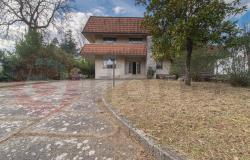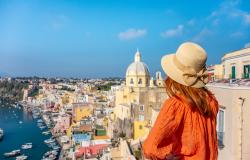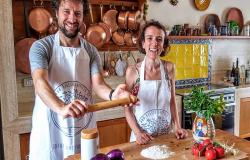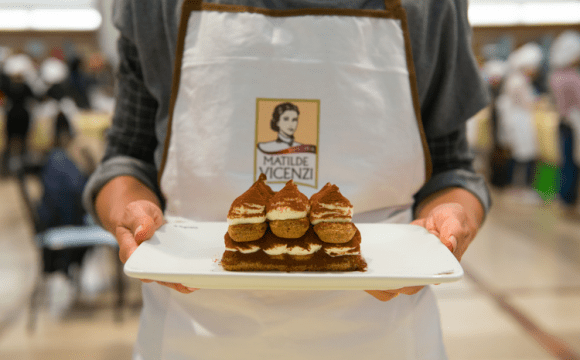Words by Carla Passino
Golden mosaics and sausages, chiaroscuro and cheese, Leonardo’s Last Supper and eggs. Art and cuisine are the essence of Italian culture and not by chance. In the grand days of the Renaissance, artists and chefs spurred one another on, stretching their skills and their creativity to become some of the most popular figures of the time.
However, this stimulating interplay between fine and culinary arts in Renaissance Italy has long been neglected—until today. A new, erudite book by American art history professor John Varriano explores the link between Italian Renaissance cookery and painting, food and sculpture in a beautifully illustrated volume that titillates the eye as much as the palate.
Drawing on period artwork, recipes, books and menus, Varriano shows just how much the two arts grew together between the late 14th and 16th centuries. Fine artists, for example, made great use of food in their studios, both as key ingredients—egg yolk was the binder of choice for Renaissance temperas—and as decorative or metaphorical elements. Among others, Andrea del Sarto recreated Florence’s Baptistry with sausages and cheese—an act that some may perceive as sacrilegious but which was perfectly in line with the Renaissance mindset.
 At the same time, cooks sought to please the eye as well as the palate, imparting an artistic quality to their creations, and often drawing from Classical imagery. In his book Work on the Art of Cooking, for example, author and papal chef Bartolomeo Scappi, advises that a well-spiced roast peacock should be reassembled by using metal rods, and have its feathers reattached, so that it would look “as if it were alive.”
At the same time, cooks sought to please the eye as well as the palate, imparting an artistic quality to their creations, and often drawing from Classical imagery. In his book Work on the Art of Cooking, for example, author and papal chef Bartolomeo Scappi, advises that a well-spiced roast peacock should be reassembled by using metal rods, and have its feathers reattached, so that it would look “as if it were alive.”
Likewise, he enthuses about the table decorations at a modest banquet held in a Roman garden where
“six edible statues were placed on the table, the first made of
sugar; the second, butter; and the third, pasta. The pieces included groups
of music-making nymphs, exotic natural creatures, and mythological deities.”
Varriano also explains how both culinary and fine artists saw their importance reach unprecedented heights at the time.
“The culture of humanism raised the aspirations of artists and cooks during
the Renaissance just as it did for the emerging middle class of bankers and
businessmen whose enlightened patronage stood behind them,”
he explains.
“For those who toiled in studios and over stoves, the quest for higher social and
intellectual status prompted attempts to display their individual genius, and as
class distinctions of every kind began to dissolve, some cooks and painters
inevitably became celebrities. The concomitant blurring of sacred and
secular values only heightened the appreciation of earthly achievements.
As a consequence, the greatest respect went to those who could transform
basic ingredients like pigeons or panels into artful creations for the palate
or the eye.”
Their fame may have now paled, but there is no doubt their heritage remains alive in the critical role food and art still play in Italian culture. And now, their artful creations come back to life in Varriano’s pages, which brim to the bursting with the colours and flavours of the Renaissance.
Tastes and Temptations: Food and Art in Renaissance Italy (California Studies in Food & Culture), is available through both
Amazon.co.uk and Amazon.com.














